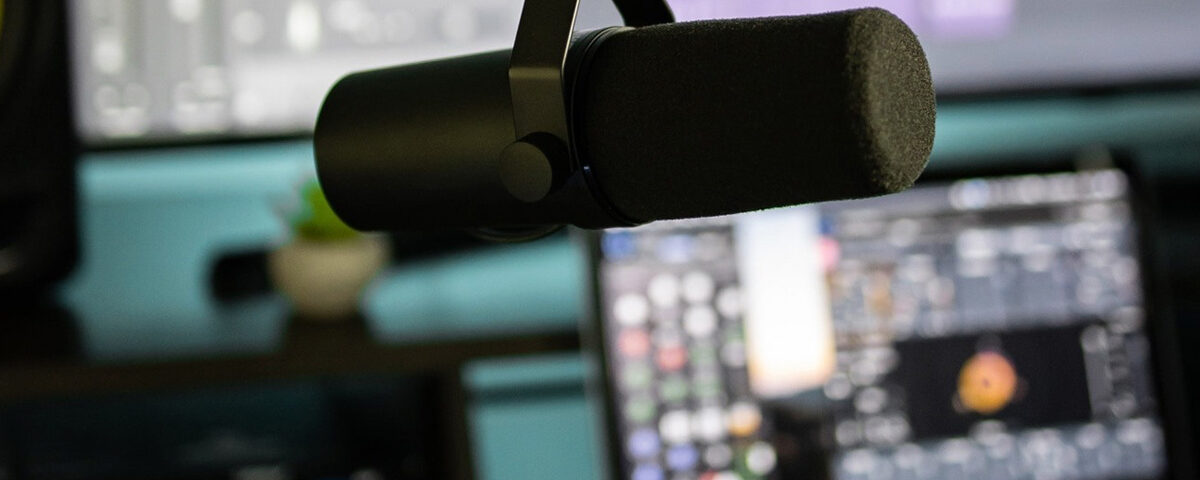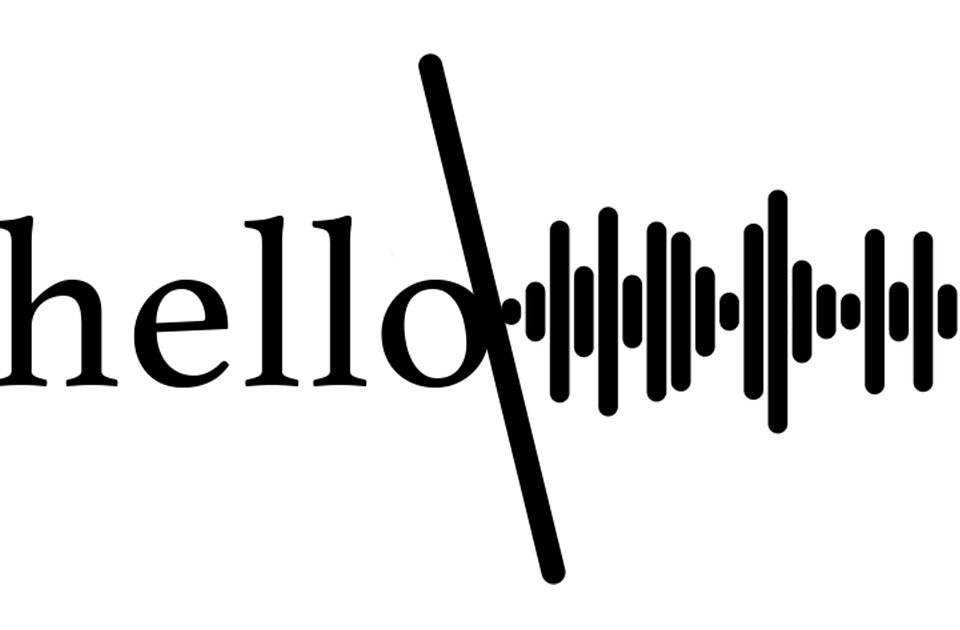Exploring the Technical Aspects and Practical Applications of Cloud-Based Audio Recording for Artists
The evolution of technology has not only transformed the way we live, but it has also significantly impacted the music industry. One such revolution is the emergence of cloud-based audio recording, which allows artists to record, store, and share their creations with unprecedented ease. This article aims to explore the technical aspects and practical applications of cloud-based audio recording, discussing the features, benefits, and potential drawbacks of these platforms, along with examples of popular services.
Features
- Online Recording and Editing: Cloud-based audio recording platforms enable artists to record their music directly from their web browser or app, without needing to install any additional software. This feature allows for real-time collaboration between multiple musicians, regardless of geographical location.
- Audio Storage and Backup: As the name suggests, cloud-based platforms store audio files in the cloud, offering a reliable and secure backup system. This feature ensures that artists’ work is never lost, even in the case of device malfunction or damage.
- File Sharing and Collaboration: These platforms simplify the sharing of audio files among band members, producers, and engineers. This feature allows for seamless collaboration, as artists can simultaneously work on the same project and instantly access the latest version of a recording.
- Integration with DAWs (Digital Audio Workstations): Cloud-based audio recording platforms often integrate with popular DAWs, such as Pro Tools, Logic Pro, and Ableton Live, allowing for seamless file transfer between the two systems.
- Cross-platform Compatibility: Most cloud-based platforms are compatible with a variety of devices, including smartphones, tablets, and computers, allowing artists to record and access their music from virtually anywhere.
Benefits
- Enhanced Accessibility: With cloud-based audio recording, artists can work on their music from any location with internet access. This eliminates the need for expensive studio time and allows for increased flexibility in the creative process.
- Cost-effectiveness: These platforms generally offer subscription-based pricing models, making them more affordable than traditional recording equipment and software.
- Collaboration: The ability to collaborate with other artists in real-time streamlines the creative process, enabling musicians to produce better music faster.
- Security: Storing audio files in the cloud ensures their protection from accidental loss or damage, providing peace of mind to artists.
Potential Drawbacks
- Dependency on Internet Connection: Cloud-based platforms rely on a stable internet connection for optimal performance, which might not be available in all locations.
- Data Privacy Concerns: Storing sensitive data, such as unfinished music projects, in the cloud raises potential privacy and security concerns.
- Subscription Costs: Although subscription-based pricing models can be cost-effective, they may become expensive in the long run, especially for artists who use multiple cloud-based services.
Popular Platforms
- Soundtrap by Spotify: Soundtrap is a popular cloud-based music recording platform that offers a fully online DAW, enabling real-time collaboration and seamless integration with other music production tools.
- BandLab: BandLab is an all-in-one platform for music creation, collaboration, and sharing. It offers cloud-based audio recording, editing, and mixing features, with support for various instruments and audio effects.
- Avid Cloud Collaboration for Pro Tools: Avid’s cloud-based platform is designed for professional audio production, providing seamless integration with Pro Tools and allowing for real-time collaboration between artists, producers, and engineers.
Summary
Cloud-based audio recording has revolutionized the music industry, providing artists with increased flexibility, cost-effectiveness, and collaborative opportunities. While there are potential drawbacks, such as dependency on internet connectivity and data privacy concerns, the benefits of these platforms outweigh the risks for many artists. As technology continues to advance, it is expected that cloud-based audio recording will become even more efficient, accessible, and feature-rich, making it an increasingly attractive option for musicians and producers alike. By understanding the technical aspects and practical applications of cloud-based audio recording, artists can make informed decisions about the best platform to suit their needs, empowering them to create and share their music with the world in a more efficient and collaborative manner.


